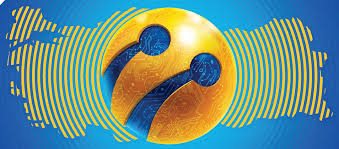Turkcell is the latest mobile operator to add narrowband IoT technology to its network. NB-IoT is part of 3GPP Release 13, and gives mobile network operators a very cost effective way to offer their customers a way to connect assets and equipment to the internet. In many cases, the technology can be implemented via network software updates. Huawei, Nokia and Ericsson are the major providers of NB-IoT solutions, but Turkcell did not name its vendor.
Narrowband IoT modules are inexpensive compared to other cellular radios because they have very low power budgets. They use just 180 kilohertz of bandwidth, and throughput is less than 100 kilobits per second. NB-IoT is meant for sensors that need to communicate one or two pieces of information, and can do so intermittently. These sensors can be embedded into nodes that connect directly to cell towers, without the need for an IoT gateway to aggregate data and send it to the network.
The Turkish government sees narrowband IoT technology as way to create new opportunities and efficiency in the livestock and agriculture industries. Trackers attached to livestock are useful for monitoring health and location, and soil sensors can help farmers irrigate more effectively.
Agriculture is the most common profession in Turkey, and the nation is self-sufficient when it comes to food. More than a third of the land in Turkey is arable, but less than 19% of the cultivated land is currently irrigated.
Turkcell is at least the fourth major operator to announce an NB-IoT network this summer. Vodafone activated an NB-IoT network in the Netherlands, following a launch in Spain earlier this year. In Singapore, both M1 and Singtel have announced the technology in August, and in the case of M1 the technology is already part of a commercial deployment.
In the U.S., none of the major nationwide operators have rolled out NB-IoT networks, although Sprint and T-Mobile US have both announced plans to do so. Verizon Wireless and AT&T are focusing on LTE Category 1 and Category M1, two protocols that require more power and cost more than NB-IoT. But LTE Category 1 and M1 can both transmit more data than NB-IoT, and can support voice and mobility.

